RIO DE JANEIRO, BRAZIL – Living in the central areas of the world’s major cities is very common. Although they are typically business centers, these areas also boast many residential units. In Rio de Janeiro it is no different. And each day, this trend (which is not new) is growing here – mainly among younger generations.
The dynamic and intense lifestyle of the young, always in a daily “rush”, fits in with the big city centers. Living close to work, the bohemian regions, the best equipped transport facilities are attractive.
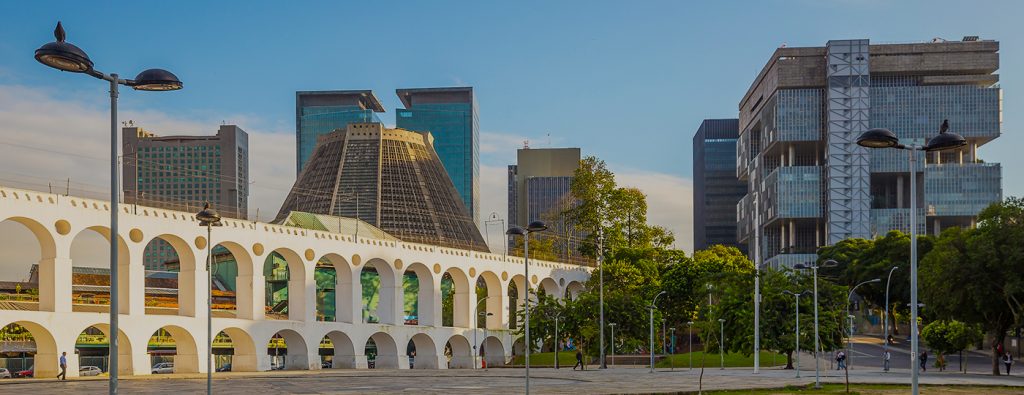
In downtown Rio, specifically, there is the VLT (Light Rail Vehicle) and the ‘Centro Presente’ (Present Center) security operation, two public services that drive change for the region.
“The young people enjoy being in a place where they can do everything: work, exercise and have fun. And the Center provides all that,” says Jomar Monnerat, manager of Opportunity Real Estate Investment Fund.
The options of cultural spaces close to home and the ease of walking or cycling also attract those who want to live in the center.
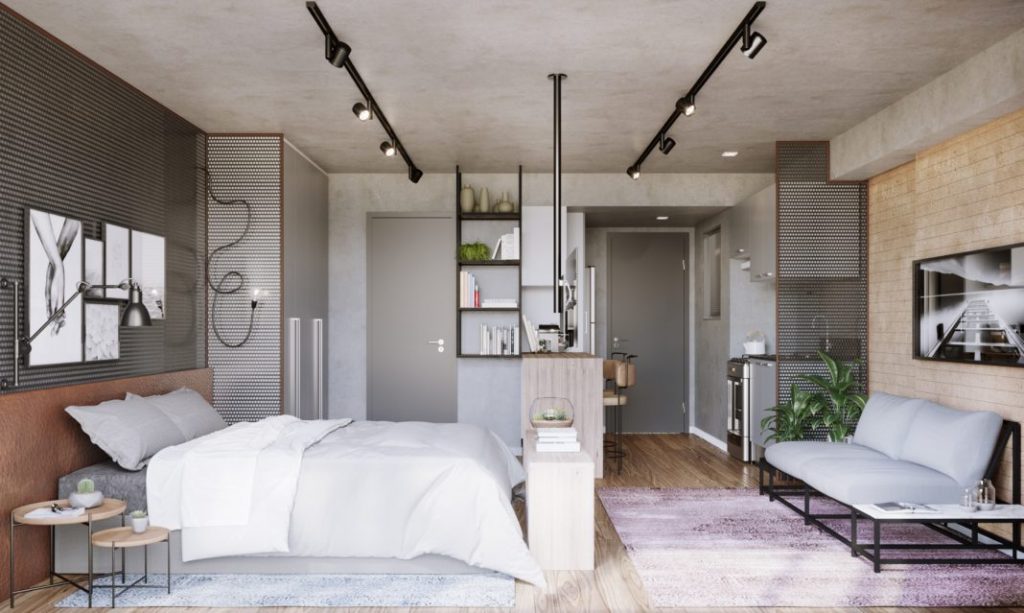
“There are a number of driving forces targeting large urban centers for smaller, service-shared dwellings, like downtown Rio. The lack of available areas for large projects, the high cost of housing in the more crowded areas, the search for a better quality of life, avoiding the stress of long and time-consuming commutes, plus closeness to work, services and leisure,” says Josué Madeira, from Brasil Brokers Enjoy.
In addition, there is a new public entering the consumer market, the Millenials (born 1982 to 1986) and Generation Z (born 1996/2009); more attuned, detached, single for longer and expecting a reduction in the number of children as families, countering the increased share of single and divorced people compared to married people.
All this leads to smaller spaces, embedded technology, co-working, co-housing and co-living. This is a reality present in other world capitals; it has been strong in São Paulo for some years and is reaching Rio.
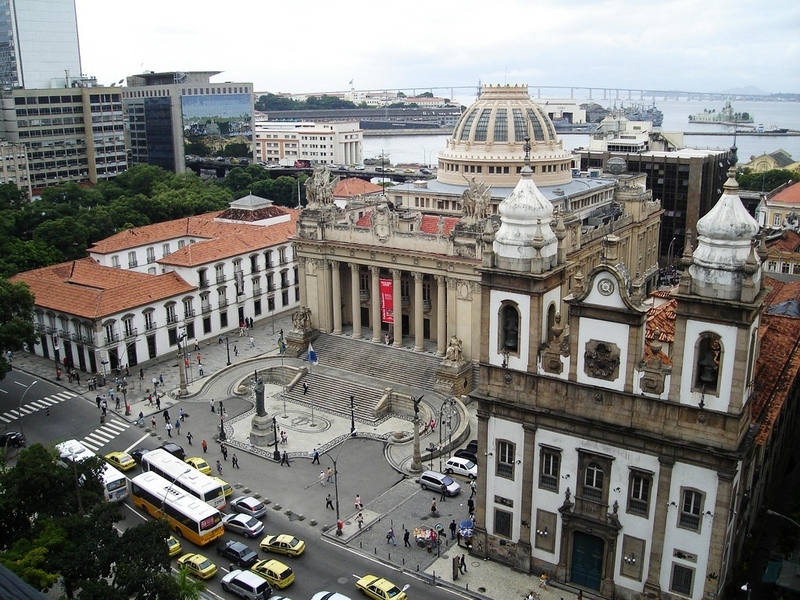
As a result of this flow, many projects are in connection with the concept. Hub CoLiving, in Marrecas Street, is one of them. The Hub is a residential building with modern and cozy studio apartments, which are delivered with built-in closets. The building has an integrated living area with exclusive services such as fitness gym, gourmet lounge, movie room, large swimming pool with barbecue area, and co-working spaces, among other features.
“It is a lifestyle for those who seek a better quality of life, avoiding spending time in traffic by living closer to work. People want greater convenience and ease of travel. Living in the Center allows you to stay connected to all regions due to the closeness to the subway,” says Monnerat.
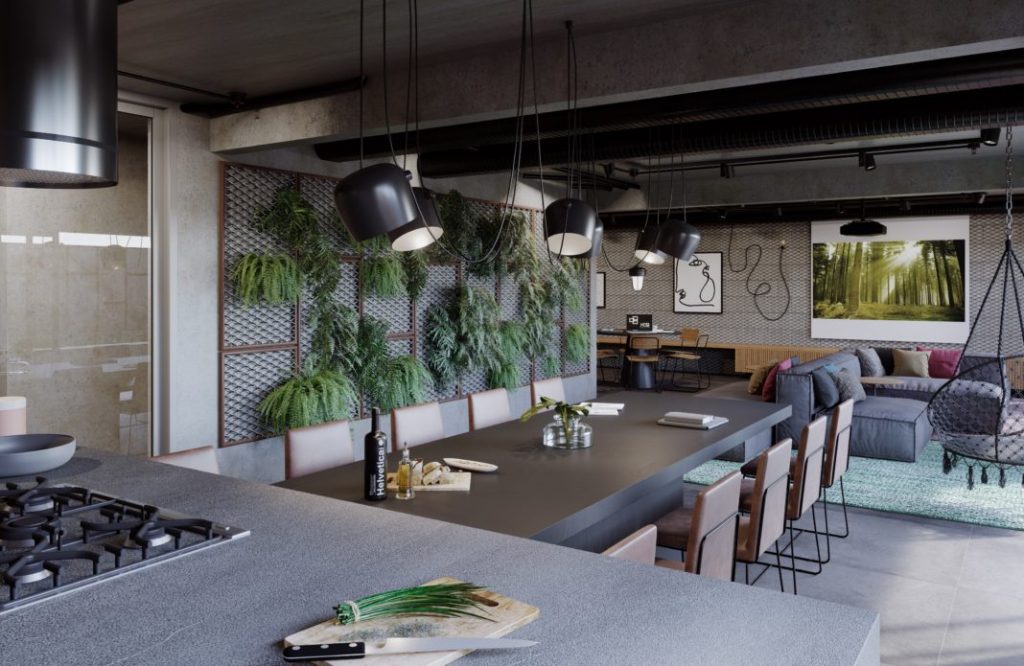
The shared interaction areas are a complement. As people spend less and less time in their homes, these areas serve as a link between the street and the home itself, in addition to serving as business opportunities or personal projects, since the co-working structure merged with the leisure structure enables this.
The fast-paced life, driven by Apps for ordering food, transport, among other needs, perfectly fits the routine of downtown Rio de Janeiro. However, living downtown is nothing new.
An advertisement by Sérgio Castro Real Estate from the 1940s, had as its slogan drawing people to live in downtown Rio de Janeiro.
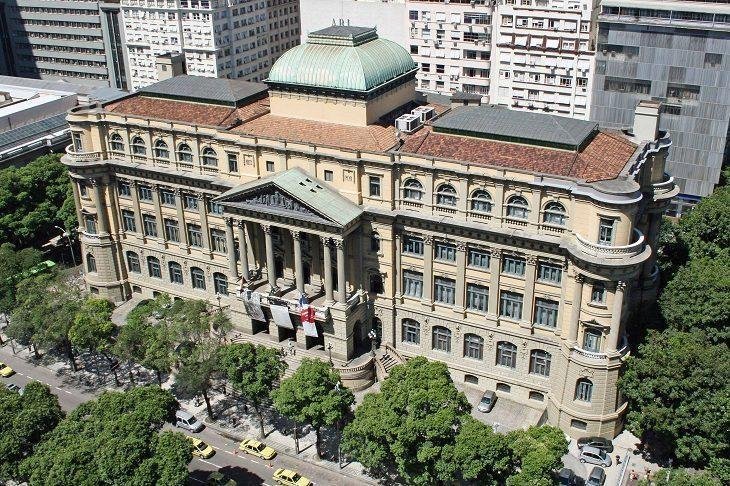
“I used to live in the North Zone, in Marechal Hermes, which is a suburb. The quality of life and leisure options improved greatly. I used to come to the Center every day to work and often to party on weekends, during the day in cultural centers or at night in bars and parties. Now, everything is here, close to me. And I’ve seen more and more people on the streets here. That’s great,” says Taíse Manes.
The concept of living in downtown Rio is championed by architects and urban planners. Washington Fajardo is one of them: “A city consistent with the needs of the 21st century is, above all, the one with a bustling life in the center.
This is a huge challenge for the people of Rio: to reoccupy the voids in its downtown area, adapting them, providing them with a good transportation infrastructure, allowing people to own a place that has great cultural value. What is particularly challenging now is to provide quality public spaces and foster housing. To build a low-carbon city from the center,” he said.
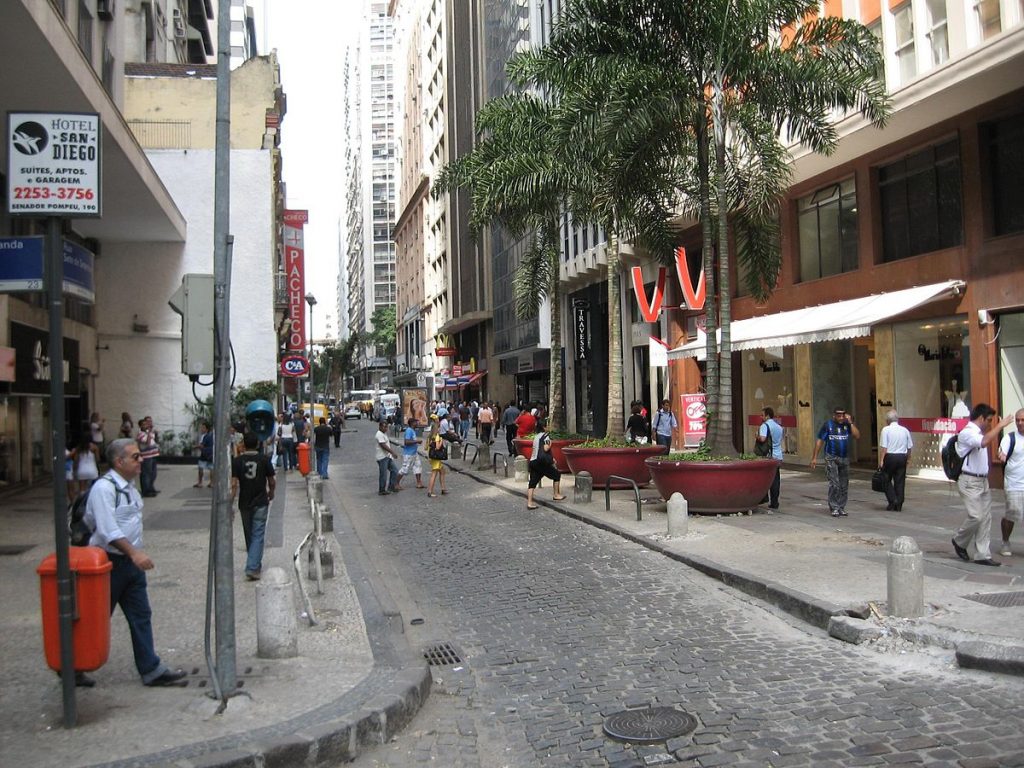
However, there is always room for improvement. And for Jomar Monnerat, downtown Rio needs some renovation. “They need to be better adjusted to this new style of convenience and service. There should be more construction in the Center. Developers should invest in areas that are well located and that provide services.
This will lead to a revival of the region. The Center offers a complete infrastructure and needs to be renovated not only during the day but also at night and on weekends. This trend is already starting to happen in the region, but more investment is still required”.
Nevertheless, it’s indisputable that living in the center is cool, fashionable, and booming.

